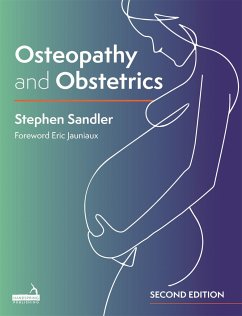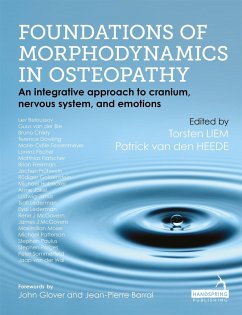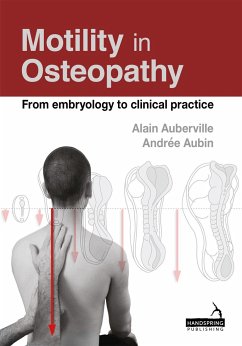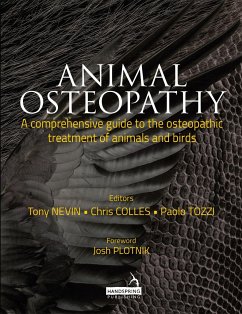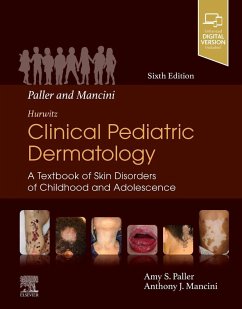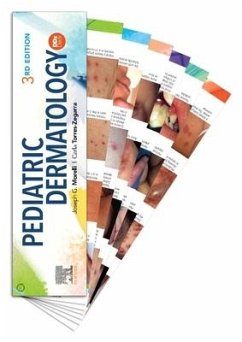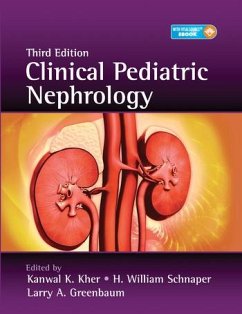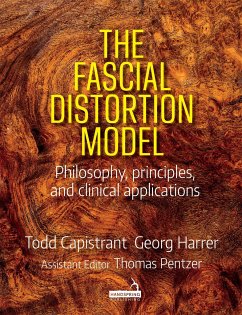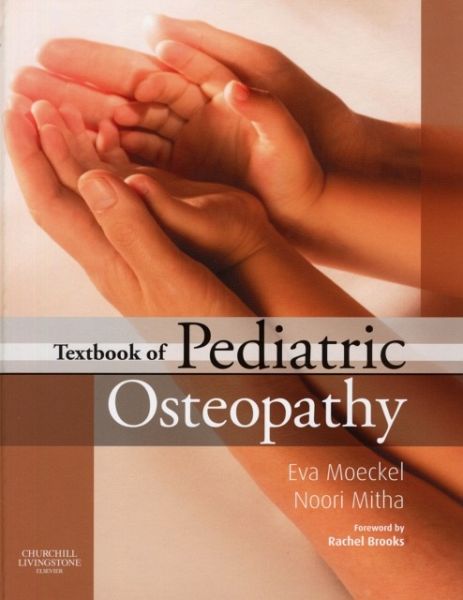
Textbook of Pediatric Osteopathy
Versandkostenfrei!
Versandfertig in über 4 Wochen
79,99 €
inkl. MwSt.

PAYBACK Punkte
40 °P sammeln!
It is a special challenge to treat children with osteopathy. This manual covers the whole spectrum of paediatric osteopathy - from new born to teenager. Divided in two parts, it covers the treatment of the mother before and after birth, and the osteopathic fundamentals of a gentle and respectful treatment of various body systems.



